Cedar Waxwings are a favorite of many birders and backyard naturalists. With their fuzzy-looking crests and sharp color accents, they’re dapper looking birds. A large flock of them picking through berries is always entertaining to watch. I count myself a member of the Waxwing Fan Club.
But what’s in a name? Why is it called a waxwing?
That’s pretty simple: Cedar Waxwings really have wax wings. The bright red, visible on the wing feathers of some waxwings, is actually waxy red secretions.
What’s the purpose of the wax? That question seems more difficult to answer. Many ornithological sites state that the purpose remains unclear.
Dave Mehlman, director of The Nature Conservancy’s Migratory Bird Program, often fields questions about various bird species. The Migratory Bird Program works to identify networks of habitat needed by bird species throughout North America, Latin America and the Caribbean. Then, they develop plans and implement strategies to help conserve them at the local level.
Recently, Mehlman was asked about the purpose of those wax wings. He shared what he found with me:
The red wax tips are appendages on the bird’s secondary feathers. They’re colored by astaxanthin, a carotenoid pigment.
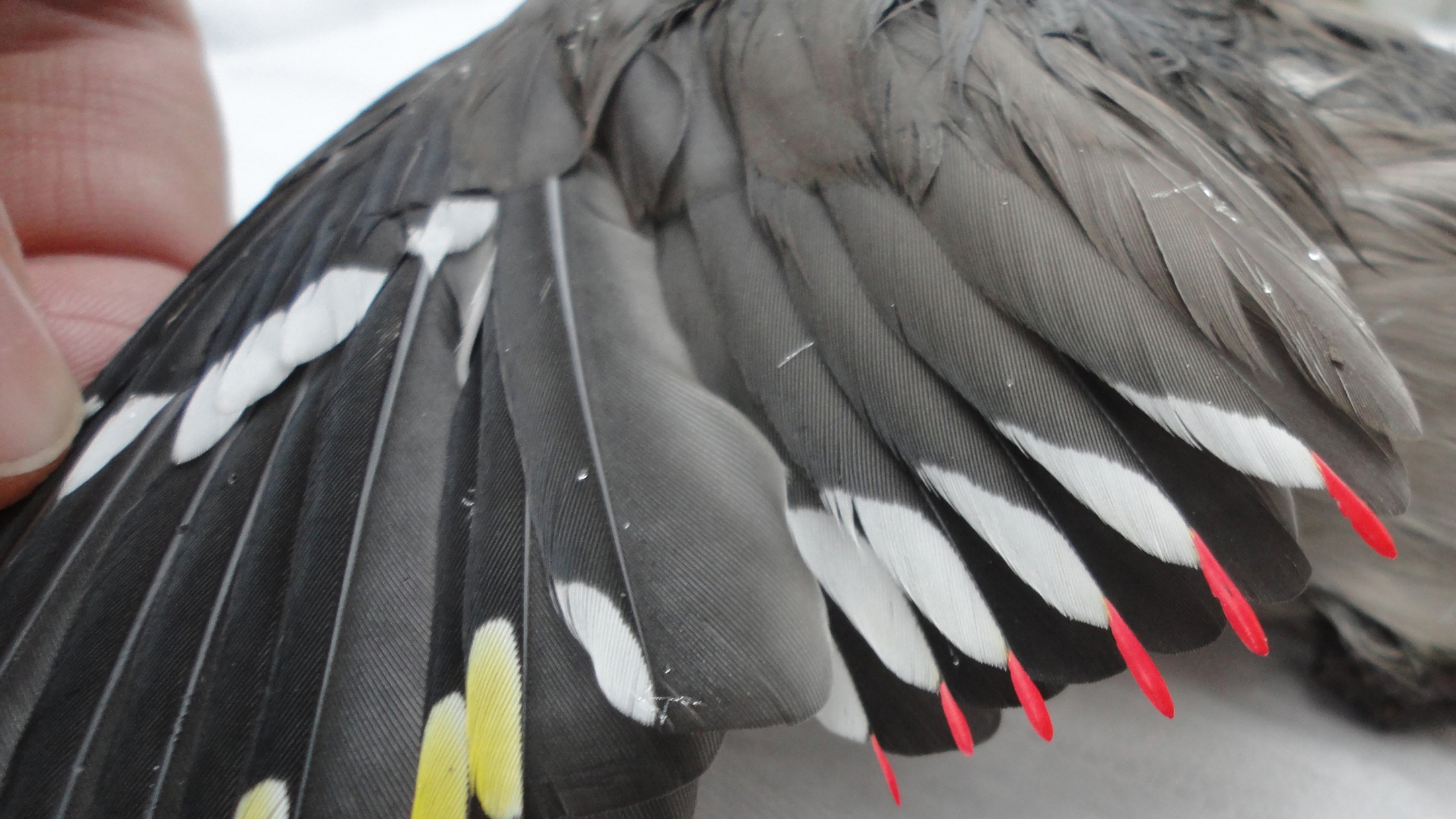
While it was originally thought that the red tips functioned to protect the feathers from wear and tear, there is little to no evidence for this hypothesis.
Rather, red secondary tips appear to be status signals that function in mate selection. Rare individuals have been noted with yellow waxy tips on secondary feathers.
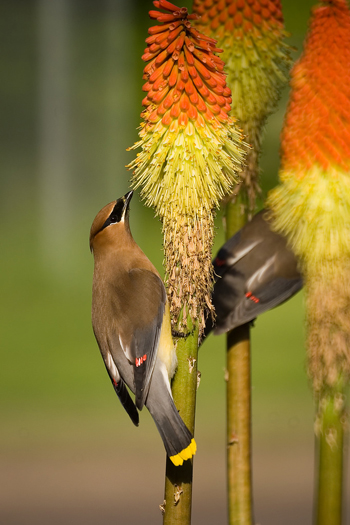
Interestingly, the red appendages of Cedar Waxwings increase in number and size with a bird’s age: individuals with zero to five waxy tips are presumable immature birds, while those with greater than nine are thought to be older.
Individuals within these two categories tend to associate as mates. Pairs of older birds (those with greater than nine waxy tips) nest earlier and raise more young than do immature birds, suggesting that this plumage characteristic is an important signal in mate choice and social organization.
Mehlman says this all suggests that waxwings evolved the red wax secretions as plumage enhancements to signal their age, maturity and social status among waxwings. This is a useful signal in a species that often is found in large flocks.
There is another interesting color phenomenon among Cedar Waxwings. These birds also have a striking yellow tail tip, but in some parts of their range some birds began appearing with orange tail tips in the 1960s.
According to the Cornell Lab of Ornithology:
The orange color is the result of a red pigment picked up from the berries of an introduced species of honeysuckle. If a waxwing eats enough of the berries while it is growing a tail feather, the tip of the feather will be orange.
And about those berries: Cedar Waxwings specialize in eating fruit, an interesting adaptation among North American birds. While we think of many birds as dining on berries, in reality berries are only ever a portion of their diets. Cedar Waxwings can exist solely on berries for months.
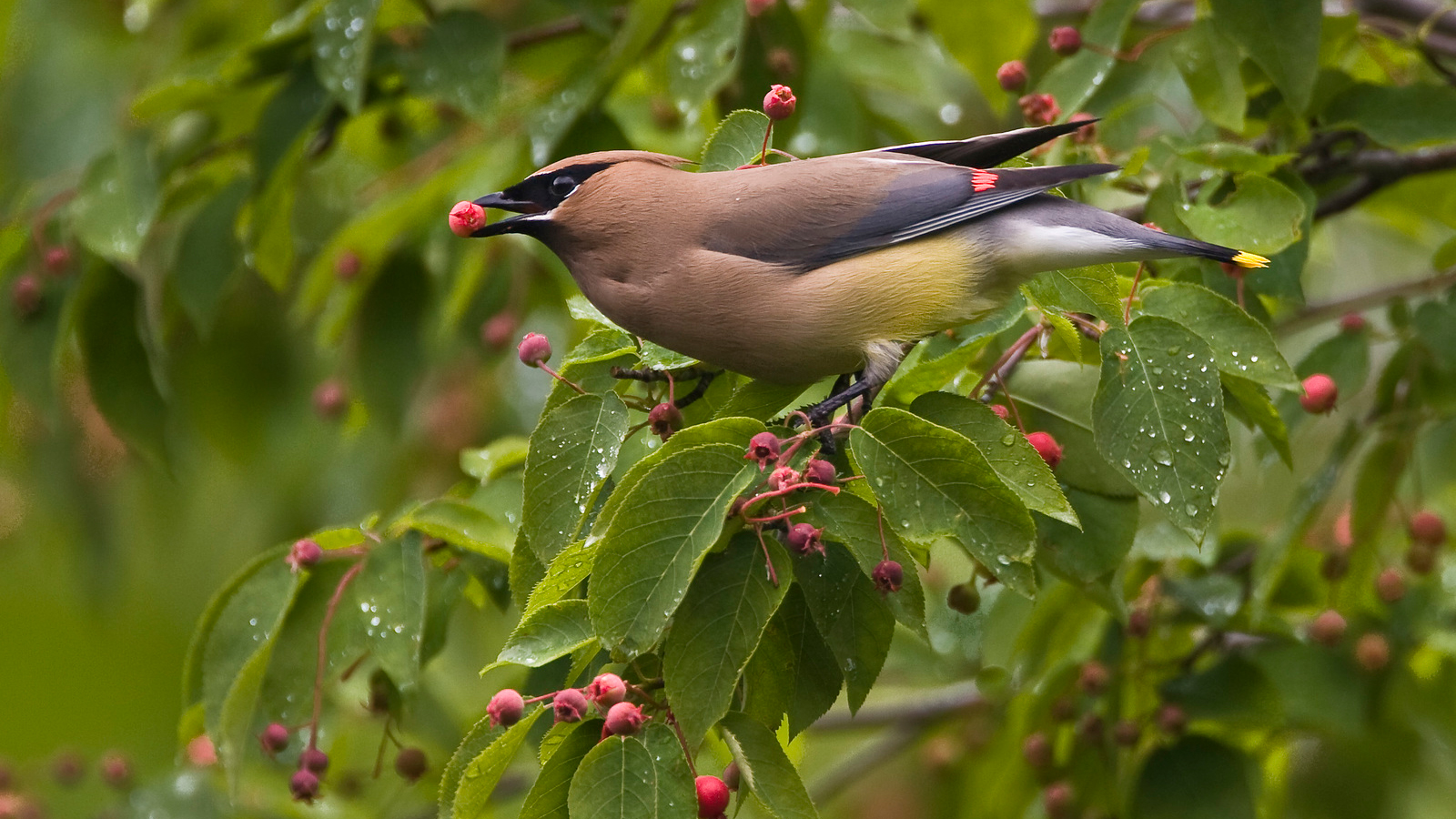
In fact, when that well-known nest parasite the Brown-headed Cowbird lays its egg in a Cedar Waxwing nest, the young cowbird has difficulty surviving. The high fruit diet is not conducive to a young cowbird’s growth and prosperity.
Sometimes, Cedar Waxwings eat berries that have fermented on the vine, leading to inebriated behavior from the birds.
Come summer, waxwings are often seen hunting insects. In fact, when I’m fly fishing a heavy mayfly hatch, I’ll often see them snatching the small insects as they hover over the water.
Even our common backyard birds are full of surprises. Enjoy their antics, and remember that your observations can often contribute to bird research and conservation.
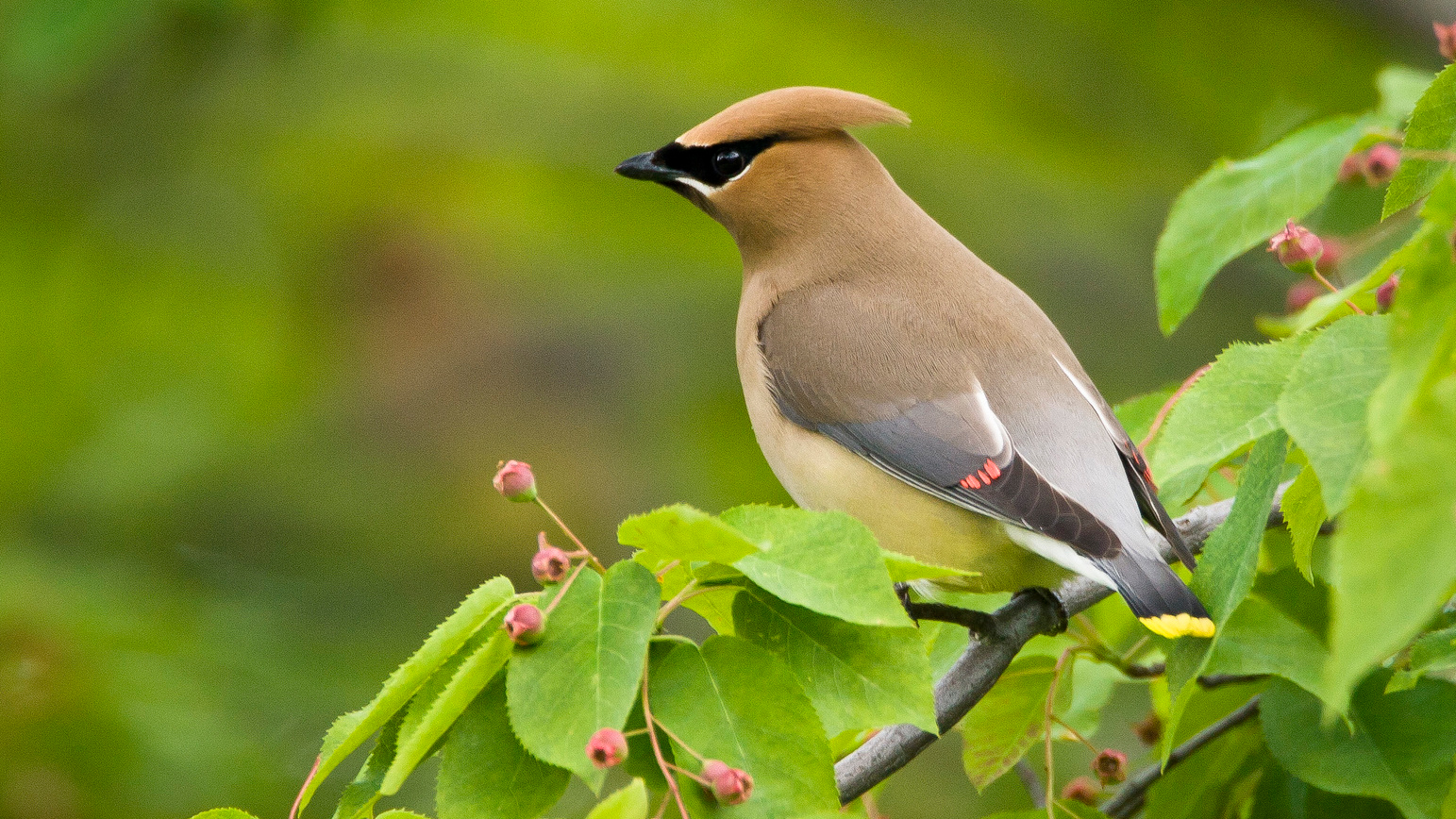
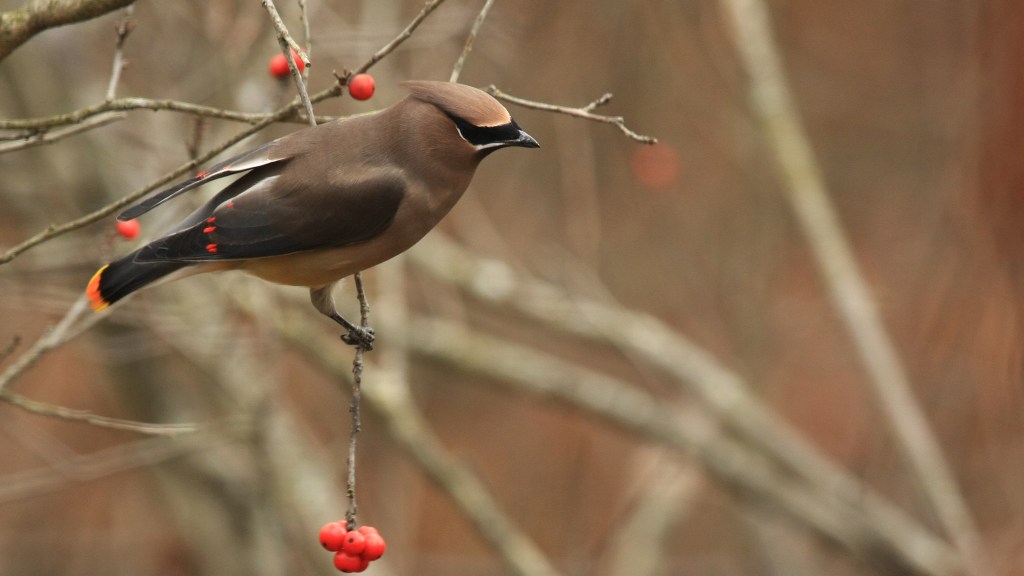



Great article. I’ve got a flock of them in the yard right now. I’ve really been enjoying them.
I hope that Mehlman did not say, “waxwings evolved the red wax secretions as plumage enhancements…” as if the species decided that they should secrete wax at the tips of their secondary feathers in order to display their age and social status. If he did say it that way then it shouldn’t be repeated.
Unless you want to remind people how natural selection works, the question to ask is, what makes secreting red-wax on the tips of secondary feathers an adaptive trait in waxwings?
Then Mehlman’s response would be something like, the number of feathers with red tips is associated with age and social status. Mating pairs tend to have a similar number of red tips and pairs with a greater number of red tips typically rear more offspring. Because of their role in choosing a mate, we consider the secretion of red wax onto secondary feathers a plumage enhancement.
Otherwise, excellent work!